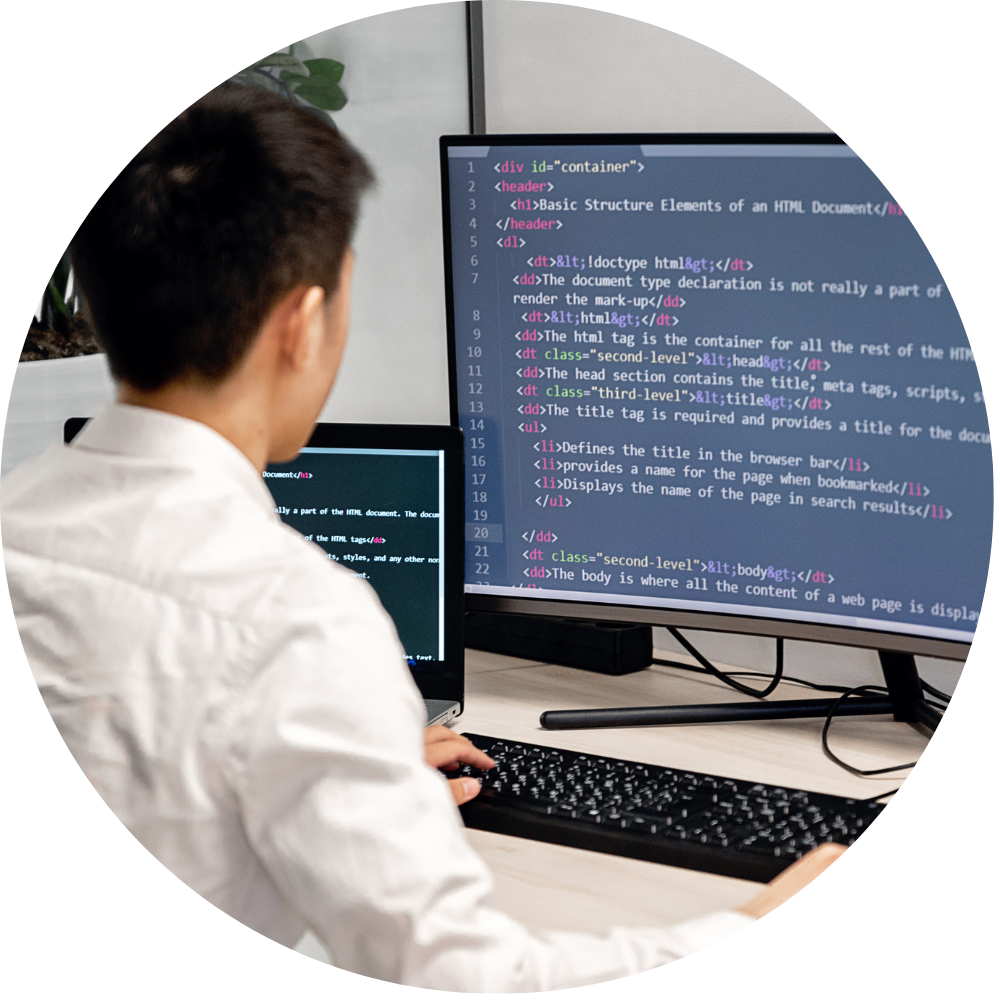

The use of AI-based machine learning techniques has grown exponentially over recent years due to leaps in computing power, and innovative changes in data science techniques. Learning and development departments (L&D) have been including the addition of much more internal training so that those who work with data can use better techniques to manage the deluge of data within their organizations. Tools like; data mining, predictive analytics, and machine learning are just some of the methods used in healthcare to gain insights into making better decisions for patient care and outcomes, developing new drugs/treatments, understanding disease outbreaks to prevent them, or effectively managing them when they do occur. Data scientists in this space need to know how to use these tools productively, and they must understand the underlying health care data and domain knowledge to identify appropriate methods and insights that can be applied when solving challenging problems.
In order to help data science professionals in healthcare better understand the value and use of data science in the industry, we have created a list of 6 emerging trends that we believe will be key to future growth and applications.
1. The rise of hybrid platforms: Organizations need to consolidate their data science and analytics capabilities. This requires building a platform strategy where organizations can leverage their internal resources. Think of this as building an analytics hub for big data, where tools are built to manage and process the entire data science life cycle.
2. Data scientists need better healthcare domain knowledge: Like any other industry, healthcare has its own specific language (e.g., ICD codes) and terminology (e.g., biomarkers), and its own data types (e.g., claims, lab results). Data scientists need to know how to process and cleanse these data types as well as understand the specific stream of business processes that the information is moving through (e.g., underwriting and billing, research, etc).
3. Healthcare analytics will require more unstructured data science: As you may know, healthcare is one of the most heavily regulated industries. This has led to a lack of innovation in some areas. Congress has recently made significant changes in the health care law (the Patient Protection and Affordable Care Act; PPACA) that will allow more opportunity for innovation with big data analytics. We need to rethink healthcare in a similar manner that we have rethought retail and analyzed the clickstream through web analytics.

4. Digital health will require human-centric analysis: With more people using mobile devices to access information, their own personal communication channels for sharing medical data with providers, and social media being used by many patients for logging symptoms, there are new opportunities for digital health. With the rise in social media, patients are taking more control over their own treatment plans and collaborating with each other outside of clinical settings. We will see this trend increase in significance in 2022 and beyond.
5. More advanced analytics to understand drug development: There is an increasing need for advanced analytics to better predict drug development and costs, as well as aid in finding new treatments and cures. For example, can we use social media data to track flu and covid-19 trends? How about using cloud-based technologies to help with the mathematical modeling of new drugs and vaccines?
6. Formalizing data science throughout healthcare: Healthcare is an enormous industry, with many processes and procedures that have been in place for a long time. This means changing the culture of healthcare is not an easy task. While there are pockets of innovative data science projects occurring throughout healthcare, we need to formalize data science as a standard process used by all employees from doctors to health care providers to billing specialists and life sciences.

The next generation of healthcare and life science industry players will need to build up more internal data science skills in order to work with big data that can support both the traditional and modern techniques of healthcare data science. Providing strong security, a community of practice, mentorship, and communications to a whole learning eco-system, data science professionals in healthcare and life sciences can better understand the value and use of data science within their industry through the adoption of our Social Learning LXCP (Learning Experience Communications Platform) meldR.
A Social Learning LXCP (Learning Experience Communications Platform) built for today’s Healthcare L&D department’s growing demands for upskilling its employees with Data Science training. Our social learning platform, meldR, will redefine learning platforms. We created an atmosphere where both the learner and supervisor will have a full view of the entire learning ecosystem.
Providing:
Technology Transformation
Community of Practice
Talent Success Development